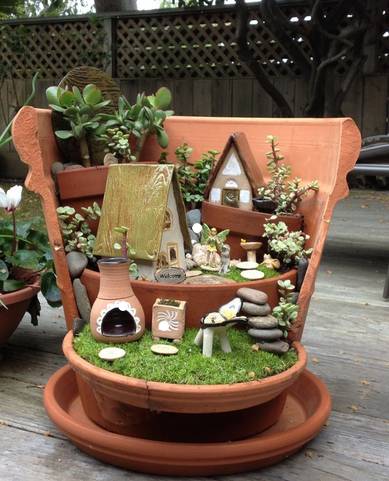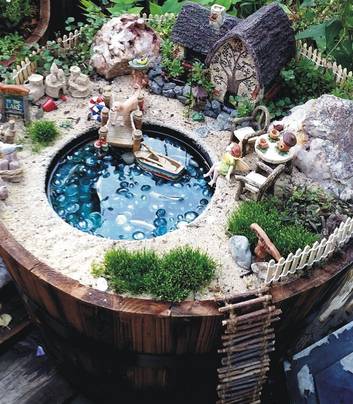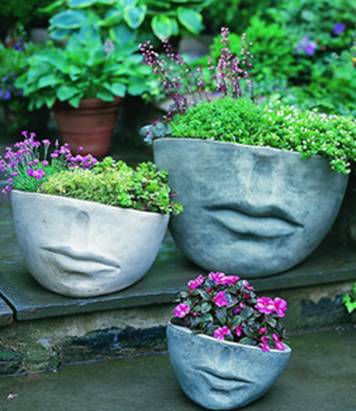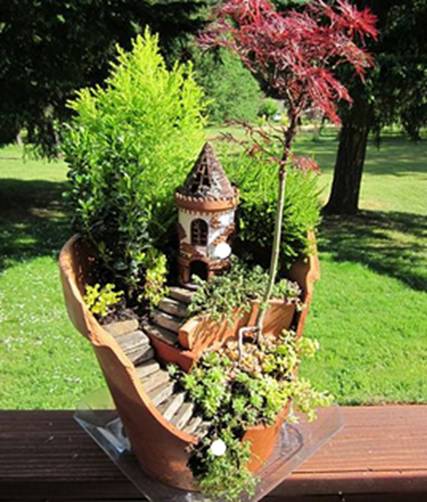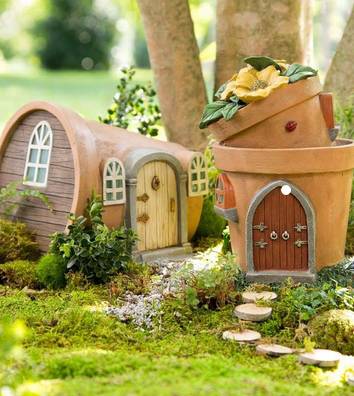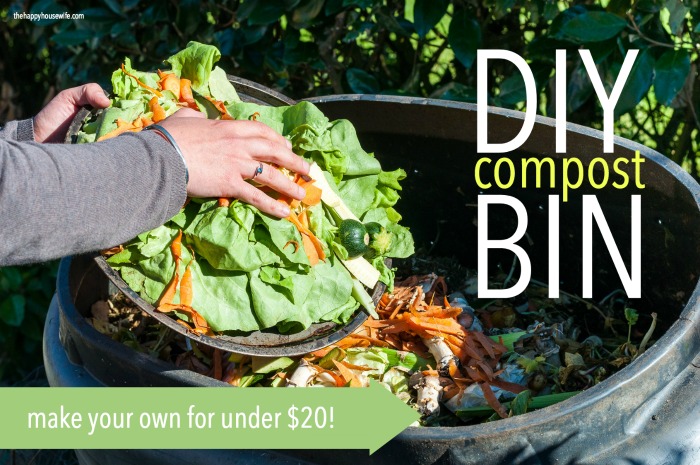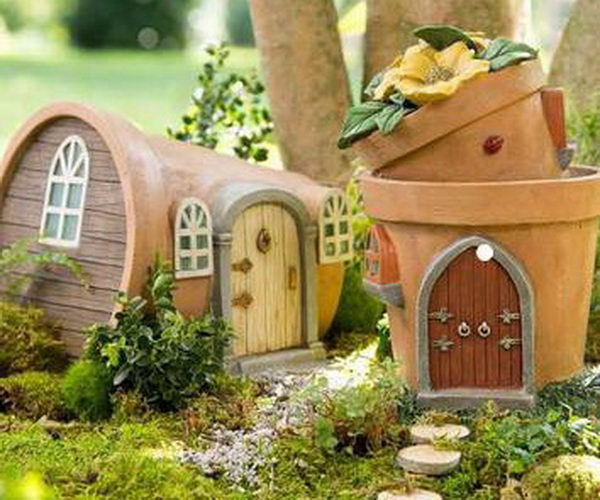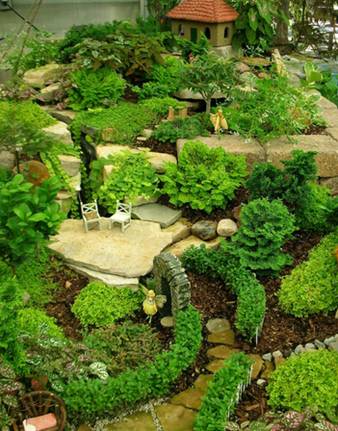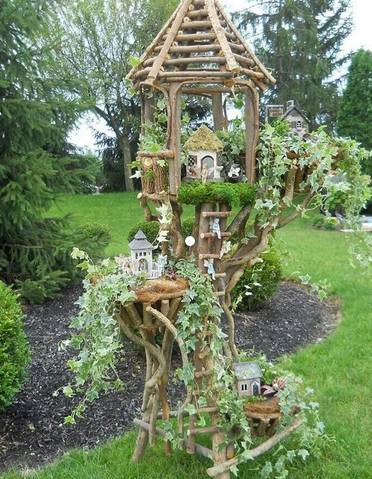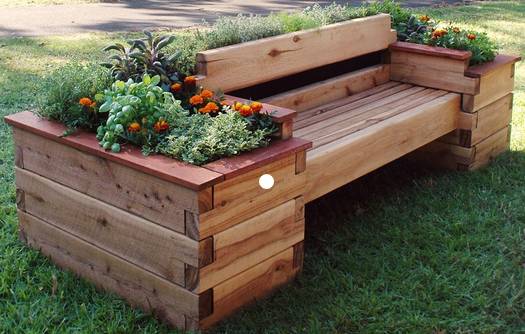
A growing number of people are now turning to gardening, not only to relax and go green, but also to save money and feed themselves and their families. One of the things a gardener needs to really take advantage of growing plants in the garden is compost, essentially decomposed matter that supports the healthy growth of plants.
According to the definition, it takes a long time to produce usable compost. It is therefore important to find the right components beforehand. Below are a number of amazing things you can do with compost and the steps involved.
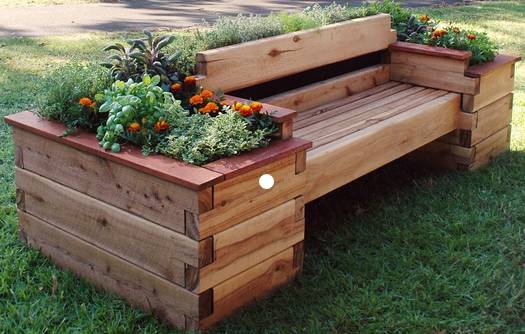
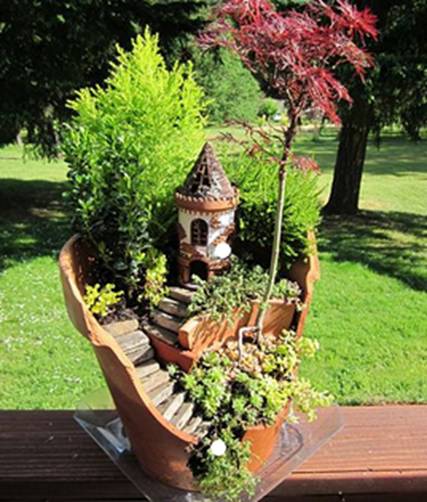
Loosen the bottom to prepare the stack.
There are a number of reasons why it is best to loosen the soil first before creating the stack. First, it allows airflow. Second, it allows proper drainage. Third, it makes the soil and compost resistant to erosion. Fourth, it helps all forms of life under the compost to move freely.
You can use a shovel to loosen the soil. A rake can also be used to grind the ground.
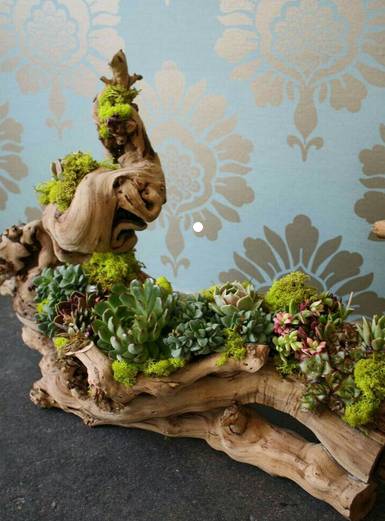

about really geeky
Collect the materials needed for the compost.
For the "vegan" compost you need a number of weeds, drying or dried leaves, wood shavings, small twigs and immature plants such as alfalfa, hemp and fenugreek.
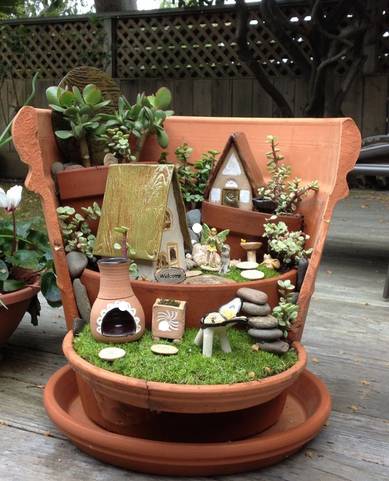
about designferia
Pack the compost with nutrients.
Vegetables, fruits and other plants that you want to grow grow properly with nutrients. To fill your compost with nutrients, you need a good number of organic compounds from various sources that are included in the compost. It is also important that you add healthy soil to the microorganisms and worms so that you have rich hummus for the plants.
However, the most important are nitrogen and carbon. If you achieve a good relationship between the two elements, plants with healthy cells will ensure you. The ideal ratio is 45% carbohydrates, 45% nitrogen, followed by 10% soil.
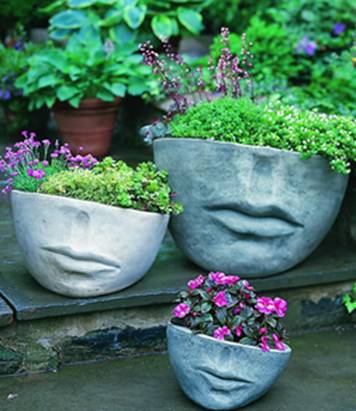
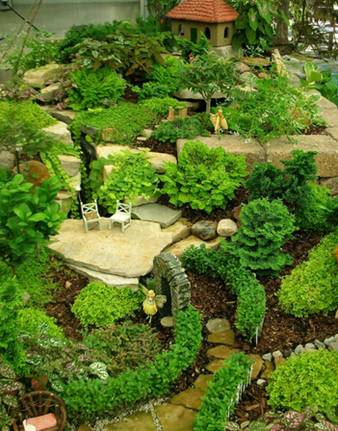
over here
Here's a way to pack nutrients into the compost. You can add 5-8 inches of chips and twigs, followed by another layer of dried leaves of the same depth. Water thoroughly between and after the layers. Both layers will be your carbon layer.
Remember that these are not the only things that contain carbon. Everything you can find in the garden contains carbon. But not all things that contain carbon are great for your compost pit. Some examples of unsuitable materials are ink on cardboard and pine needles (which are acidic).
Why should you pour between layers? Remember that you want to make earth. The soil must contain billions of organisms and microbes. The soil must also contain numerous minerals, organic substances and nutrients. Water is exactly what completes the decomposition life cycle. Frequent additions to the stack make decomposition faster.
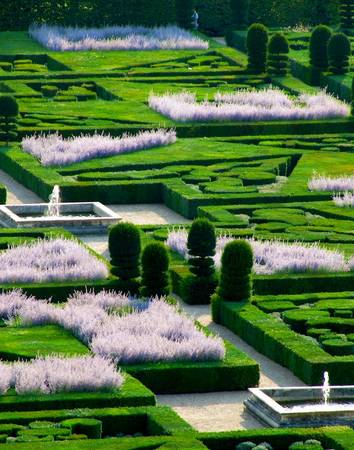
about flickr
Add the nitrogen layer.
In this step, 5 to 8 centimeters of grass, compost and weeds are added. You should also add a layer of kitchen waste 5 to 8 centimeters deep. Water between and after layers well. Both layers serve as a nitrogen layer.
So many things are high in nitrogen. Good examples are coffee grounds and hay. Other good examples are nettle, hemp, clover, dandelion, barley and fenugreek.
The best sources of nitrogen for kitchen waste are banana peels and fruit pits. Other remnants from the last garden harvest can also be used for the compost pit so that the nutrients in these remnants return to the soil. A strong eater of raw vegetables and fruits? Remains of these meals meet the mineral requirements of your compost!
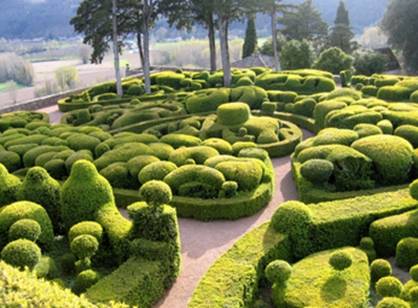
Soil layer and assembly.
Of course, the layers of compost and the soil (the last layer) must be placed in a wood structure a few centimeters below the surface of the earth. If the structure is not yet full after adding all the layers, you can repeat the entire process until the structure is filled to the brim.
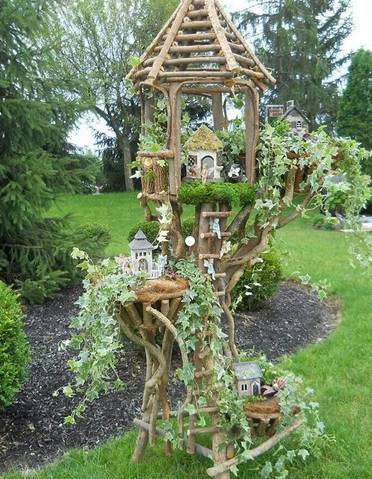
After setting up the compost: keep your soil supplied with rainwater!
Using tap water in the garden can allow seedlings to grow into healthy plants, but it's using rainwater in the garden that allows seedlings to grow into healthier plants. In order to use rainwater for gardening, it is important to collect it first. The best way to collect rainwater is to create a rainwater harvesting system.
You need a different number of components to build your system. The first is the catchment area, which must be made of unpainted metal. The second is the number of pipes and gutters that guide water from the catchment area to underground rainwater tanks directly. Filters are also needed to keep contaminants and harmful microorganisms away from the tank.
The last essential component of a rainwater harvesting system is a pump. With pumps, homeowners can use collected rainwater in many different tasks.
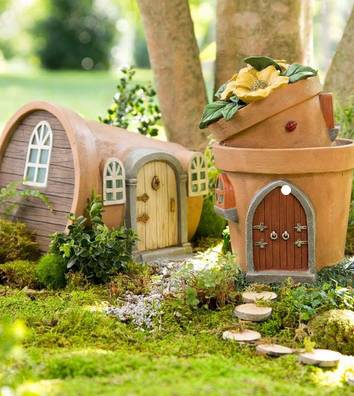
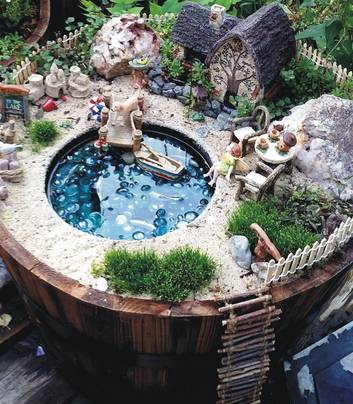
about enchanting moods
